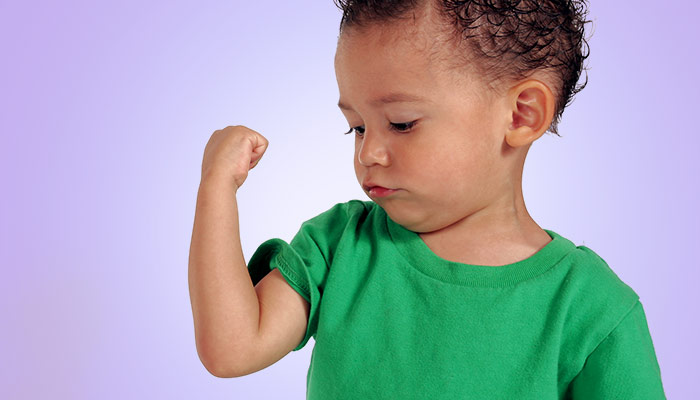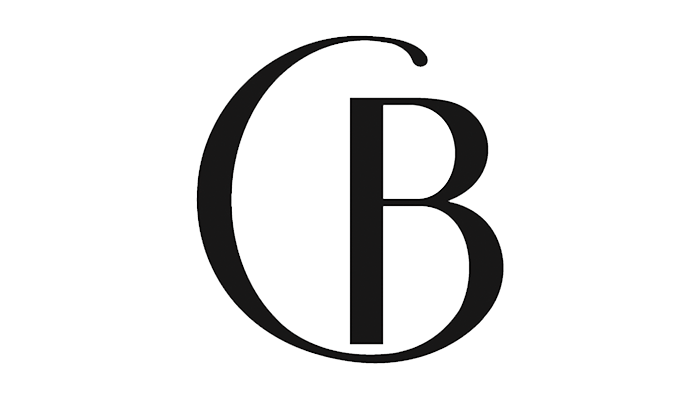While we believe that the books and resources recommended may be of value to you, keep in mind that these are suggestions only and you must do your own due diligence to determine whether the materials are appropriate and suitable for your use. PNC has no sponsorship or endorsement agreement with the authors or publishers of the materials listed.
ALL ABOUT ME

Bones & Muscles
Children will explore how their bones and muscles help them move.

Lesson Objective
Children will explore how bones and muscles give their bodies shape and help them move.
ScienceArt
What You'll Need
- Audio device – for playing music
- Music – any movement music (see Lesson Tips for suggestions)
- Large space – enough for children to move safely without touching each other
What To Do
- Review the important rules of dance lessons (see Lesson Tips).
- Review and perform these warm-up steps:
- Breathing – Take several deep breaths in and out slowly.
- Touch – Using gentle energy, tap/tickle your skin all over the body (arms, shoulders, belly, legs, etc.). Then, using stronger energy, squeeze all over your body to wake up your skin and senses.
- Get Moving – Do several movements that will get the blood flowing. Some examples might be jumping, running in place with high knees, swinging arms or kicking legs, and jumping with legs crossed and then open.
- Ask, “What do you know about your bones and muscles?” (see Did You Know?).
- Have the children feel some bones in their bodies (wrists, legs, elbows, knees) and describe how they feel (see Guiding Student Inquiry).
- Have the children feel their arms as they flex and relax the muscle, and describe the difference (see Guiding Student Inquiry).
- Tell the children that they will be using their bones and muscles to explore strong and light movements.
- Demonstrate and have the children repeat strong movements: flick, kick, punch, slash, and dodge.
- Demonstrate and have the children repeat light movements: float, glide, stretch, sway, melt, and twist.
- Ask the children to describe how their arms and legs feel as they perform these movements.
- Put on a music selection (see Lesson Tips).
- Instruct the children to dance with strong energy in their muscles and bones when they hear strong energy in the music, and dance with light energy when they hear music with light energy.
- Wrap up the session with some cool-down movements. This can be any kind of slow, calming movement (see Lesson Tips).
Resources
Home School Resources
Home educators: use these printable lesson PDFs to teach this lesson to your home schoolers. They're available in English and Spanish.
Content Provided By
Common Core State Standards Initiative – These lessons are aligned with the Common Core State Standards ("CCSS"). The CCSS provide a consistent, clear understanding of the concepts and skills children are expected to learn and guide teachers to provide their students with opportunities to gain these important skills and foundational knowledge [1]. Visit the CCSS


